Here’s how Boulder handles snow removal. And what can — and can’t — be done to make it more equitable.

Saturday, Dec. 14, 2019
It’s an old joke in Boulder that the official snow removal policy is, “Wait for the sun.” That’s not actually far from the truth.
“We do rely on the sun to be a significant piece of the response to the snow event,” said Bill Cowern, the city’s interim transportation director. That can be said of many communities in our sunny state, Cowern said. “We’re very comparable. If it’s different in any other community in the Front Range, we’re not aware of that.”
Colorado gets around 300 days of at least partial sun a year, making sunshine a fairly reliable tool. But as the recent storm showed, solar-powered snow removal has its pitfalls. The Denver Post chronicled why things were so bad, weather-wise: A week of freezing temperatures that, combined with car traffic and a weak winter sun, turned the record snowfall into sheets of ice that lingered for days.
Residential streets looked like poorly maintained ice skating rinks, rutted and slick. The conditions brought on a fresh round of grumbling about Boulder’s “let nature handle it” ethos.
What that simple quip misses out on is the hundreds of hours — man and machine — that go into keeping streets and sidewalks safe each time the snow falls. Since a policy change in late 2016, the city’s full fleet has rolled out for each and every event. The Thanksgiving week storm cost the city an estimated $400,000 and will likely bring the total snow and ice removal budget to between $1.6 million and $1.8 million for 2019.
Despite the herculean efforts of staff over the holiday week, many say there is room for improvement, particularly when it comes to keeping bike lanes, bus stops and crosswalk ramps clear. Residents spoke before city council earlier this month to tell of the struggles of pedestrians: amputees in wheelchairs struggling to navigate curb cuts (the name for access ramps connecting sidewalks to streets); persons without sight tapping their canes over massive snow piles, taking to the street to circumnavigate them; senior citizens with mobility devices unable to board buses due to drifts that prevented ramps from reaching them.
“As somebody who walks, bikes and takes the bus regularly, I feel profoundly disrespected by how the city deployed its resources last week,” said Claudia Hansen Thiem, who later wrote an op-ed in the Daily Camera on the subject.
While she understands the reality of limited resources, “if we have to ration something like snow removal, we should be focusing on our more vulnerable residents: people carrying loads, pushing strollers, using mobility devices, or with less than perfect vision and balance,” she said. “We should focus on the types of mobilities we’ve identified as priorities in our transportation master plan, and those are walking, biking and transit.“
Boulder is far from alone. Disability advocates nationwide have spoken out about the challenges faced by those with mobility issues. Many miss work when they are unable to make it much farther than their front doors; some stay housebound for entire winters rather than navigate tricky terrain. Cities from Seattle to Montreal, Canada, have faced criticism for their policies.
There may be no quick fixes — or cheap ones. Changing the way Boulder responds to ice and snow will either require significant tradeoffs in service and safety or millions more in revenue to be dumped into a department already struggling with huge holes in its budget.
“We have a massive shortfall of funding,” Cowern said. “Any time you look at something and say, ‘This isn’t meeting my expectation?’ you ask, ‘Should I be doing it differently?’
“If the answer to that is no, then the answer is we need to resource it more.”

The where, when and why of plowing
Before considering changes, it’s first helpful to understand exactly how Boulder conducts snow removal. It usually starts with de-icer; the city used to use magnesium chloride, but this year switched to a cheaper, more environmentally safe mixture.
De-icer wasn’t applied before the Thanksgiving week storm because the roads were already wet and the mixture would have washed away. “We are cognizant always that we’re spending the taxpayers dollars and don’t want to waste it,” Cowern said.
Boulder starts plowing its primary roadways first: high-traffic arterials that vehicles are “almost always on to go through to somewhere else,” Cowern said. Fifteen plows run these routes continuously until the storm is over and roads are clear. When a plow passes a point, it will be in that same point 2-4 hours later, depending on congestion and conditions.
The entire multi-use path system is included in the primary response. Two vehicles are dedicated to keeping the paths clear. The city’s parks and recreation department handles the Boulder Creek Path, and the University of Colorado clears paths in and around campus. Other sections are handled by contractors, according to Cowern, who was unsure of how long it takes to run one loop.
Two vehicles are dedicated to clearing secondary roadways, which take 3-5 hours per route. Some arterials are included, as well as “collector” roadways — streets that funnel cars from residential roads to arterials — and “key” residential streets. A few factors go into deciding which roads make the cut, including emergency and school access, connection to multimodal facilities, shading and grade. Steep roads make the list for safety reasons.
“A great example of that is Mapleton just west of Broadway,” Cowern said. “That is a street that, if it has a lot of snow on it, is not good because you will slide down into Broadway. When people have done that in the past, the results have been undesirable.”
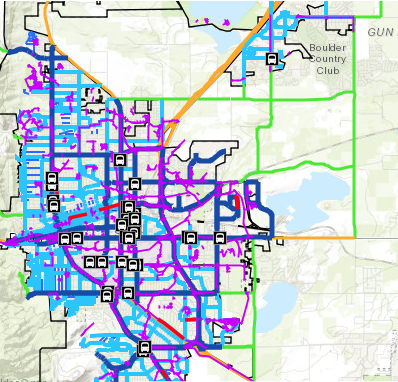
It is not part of the official snow removal policy to plow neighborhood streets. That’s in part because the sun has typically started to melt residential roads by the time primary and secondary routes are clear. The city chose to plow some neighborhoods after the recent storm once primary and secondary routes were clear simply because of the amount of snow and ice remaining after several days.
Deciding where to plow “was a combination of people complaining and just prioritizing like what we perceived to be the major streets,” Cowern said. “Cul de sacs are going to be a lower priority than a big, long street that has a lot of people living on it. We can benefit more people by doing that type of street.”
The other reason residential streets aren’t part of the official response is cost. Cowern estimates it would add $1 million to $1.9 million to the budget every year.
Even if Boulder had that kind of cash on hand, it wouldn’t have kept the roads clear in this storm. There was just too much snow.
“That would work well for a typical, small 6- to 8-inch snow,” he said. “We would have been completely overwhelmed in a storm like this.”
By some measures, the city was overwhelmed. A week of cold kept the snow from melting. Instead, it was compacted by vehicle traffic, turning to ice so hard that plow blades were “bouncing right over it,” Cowern said. A grinder, typically used to break up asphalt for removal, was brought in. The ice broke its blades.
“While that ice was frozen,” said Cowern, “we had no success getting it up.”
It wasn’t until Monday — a full week after the storm — that the sun warmed the ice enough for it to start melting enough for plows and de-icer to be effective.
“I’ve never been so happy to see the sun,” Cowern said.
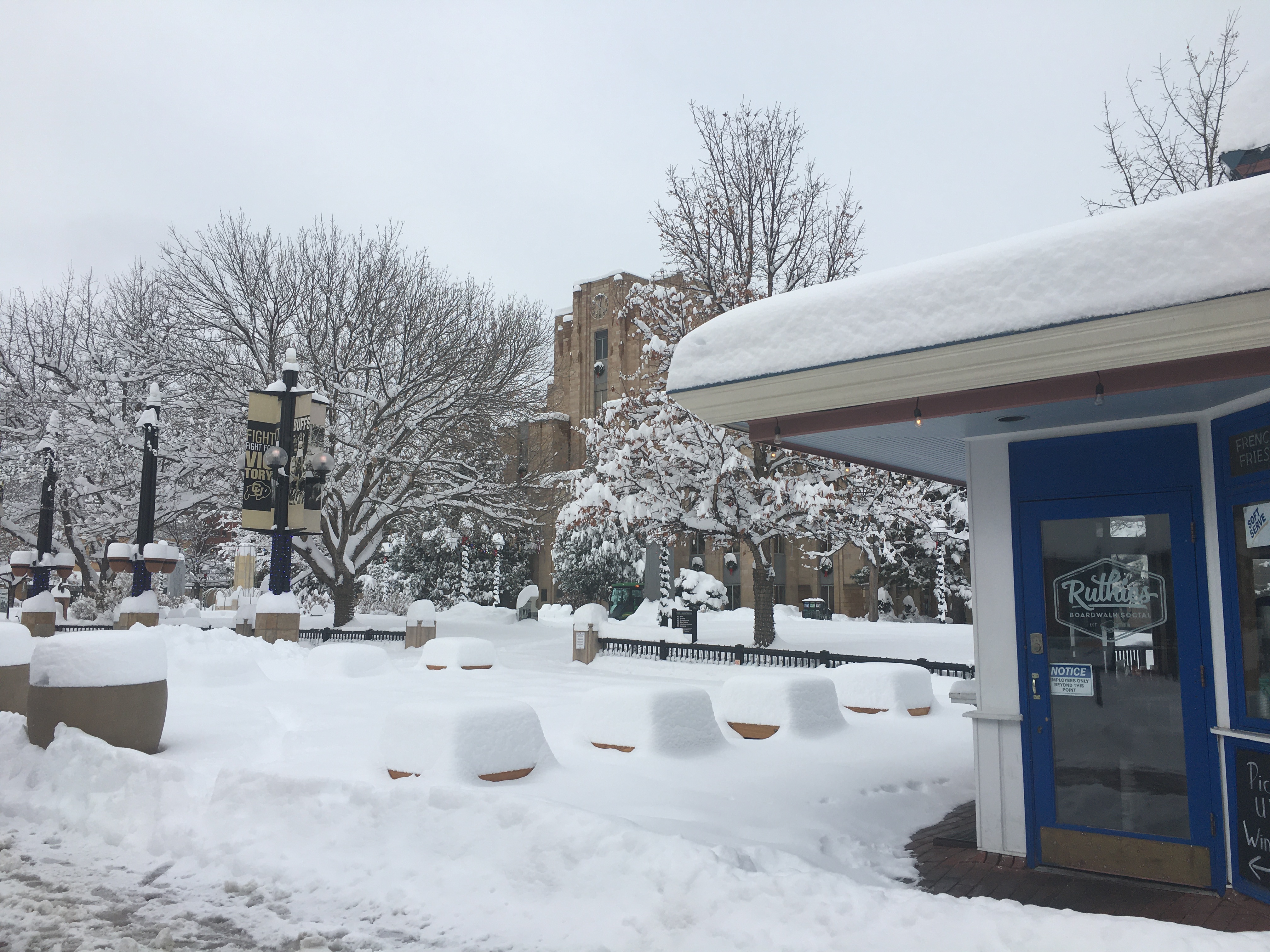
Plowing out vs. in
Resident mobility is not the driving force behind why Boulder plows. Transportation officials aren’t chiefly concerned with keeping roads clear for cars, or paths for pedestrians and bikes, even those all those are considered.
“There’s lots of reasons that we plow snow,” said Cowern. “But one of the main reasons is that we’re trying to always and at all times keep emergency response available to the community. Police and fire need to be able to get anywhere, at any time.”
Standard plowing procedure is to push the snow out to the right of travel lanes, toward the curb. Plow operators are trained to pile it in the areas between streets and sidewalks, although if a center median exists, it will also be piled there. But not every roadway has ample space for storage. In those cases, the only option is the sidewalk or side of the road. If there’s a bike lane, that’s where the snow goes.
“We want the sidewalks to have every opportunity to be clear,” Cowern said. “There’s really no snow for that place to go except in the bike lane.”
Boulder didn’t always plow out; it used to plow in, piling snow in the middle of roads and creating huge walls. But this proved tricky for fire trucks and cop cars to navigate, violating the first rule of snow removal: keep emergency access open.
“When we create these big walls, suddenly we’ve cut off half the side of the road,” Cowern said. “Fire trucks would try and go across them and get stuck; police vehicles would try and go across them and get stuck. So the decision was made to instead plow it out, primarily from an emergency response standpoint.”
That tradeoff means that bike lanes, curb cuts and bus stops — all situated on the outer edges of roads — are routinely blocked.
“The two things that tend to get impacted in snow events, even smaller events, are adjacent bike lanes and curb ramps,” Cowern said. “That’s a function of the fact that we have to move the snow. We’re not making it go away; we’re just pushing it around.”
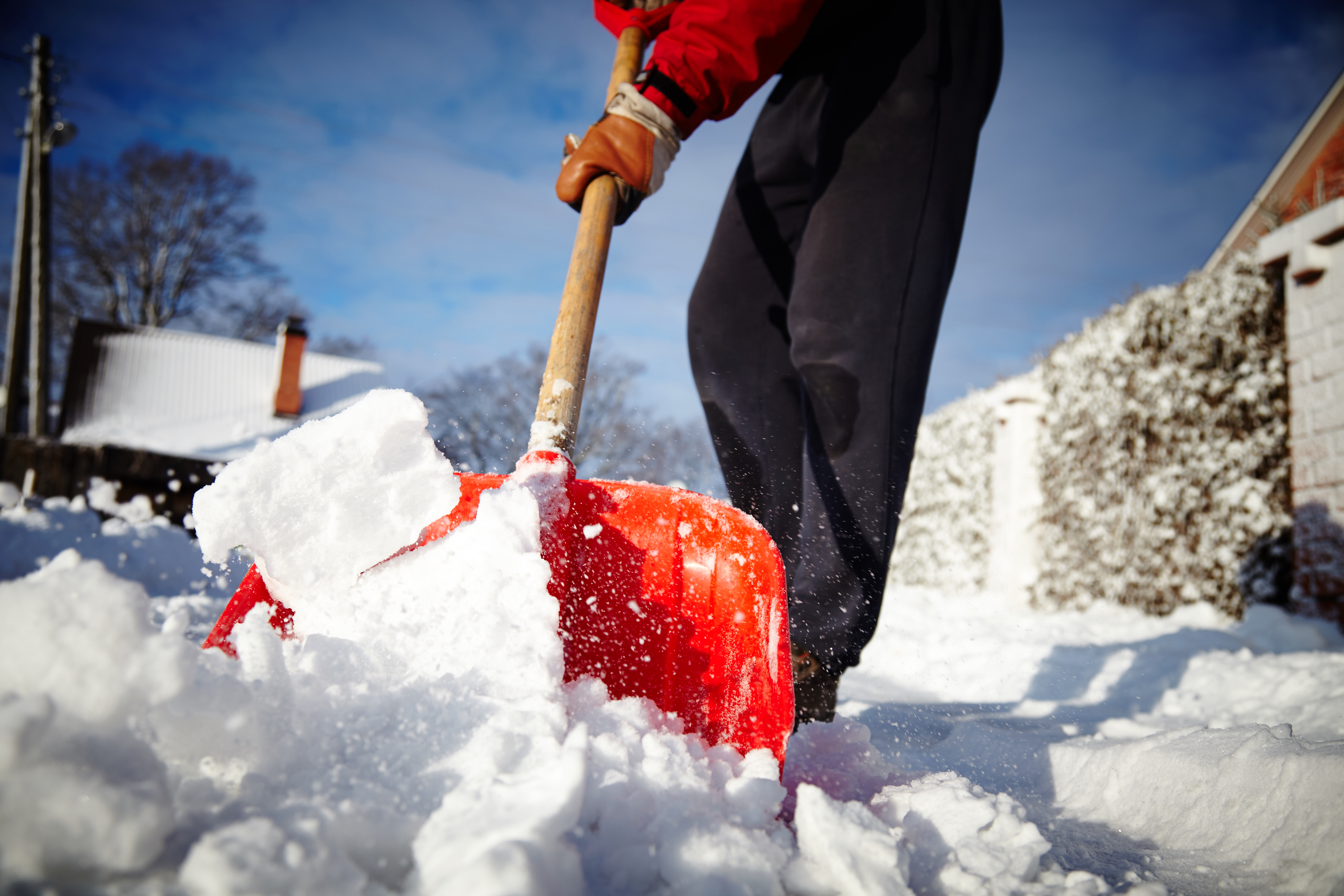
‘It would literally take an army’
The city keeps a master list of 204 bus stops, segments of sidewalk, curb ramps and bypass islands in “key locations” that contractors are paid to hand shovel. RTD is responsible for some bus stops; others are under the purview of private property owners. But those 204 are just a fraction of the total areas that are essential to mobility for pedestrians and transit users.
For example, “there’s well in excess of 10,000 access ramps in the city,” Cowern said. “It would literally take an army of people” to keep them all clear.
In the Thanksgiving week storm, crews cleared those 204 master locations five times over the course of ten days. Each visit cost tens of thousands of dollars, according to Cowern. To cover all impacted spots, to keep them clear in the days during and after a storm, could “easily” cost a million dollars, he said.
There is some truth to critics’ complaints that Boulder hyper-focuses on cars in its snow removal efforts. After the primary and secondary response are complete, crews begin to fill potholes and, after this storm, plow residential streets. Other staff fan out to look for icy patches on multi-use paths or sniff out trouble spots at bus stops and crosswalks. (Cowern wasn’t sure if their destinations were determined by complaints or by the employees’ own observations during initial response). There is no crew dedicated to specific cleanup of facilities used for walking, biking and transit.
Addressing those areas is not as simple as shifting manpower and resources, Cowern insisted: It only takes one person to drive a plow and clear a whole street. If every staff person was pulled off pothole duty and sent to shovel curb cuts, for instance, they could still cover less than 1% of total ramps, Cowern estimated.
Experts suggest doing what Boulder already does, to some extent: Creating a high-priority list of pedestrian facilities that are a priority for clearance. Walk Boston recommends targeting those “near schools, transit stations or senior centers” to serve vulnerable populations.
Boulder is in the process of developing a tool to improve the equity of all its programs, services and policies. The work has just begun; the city’s snow removal policies have been in place — though evolving — for years, predating equity concerns.
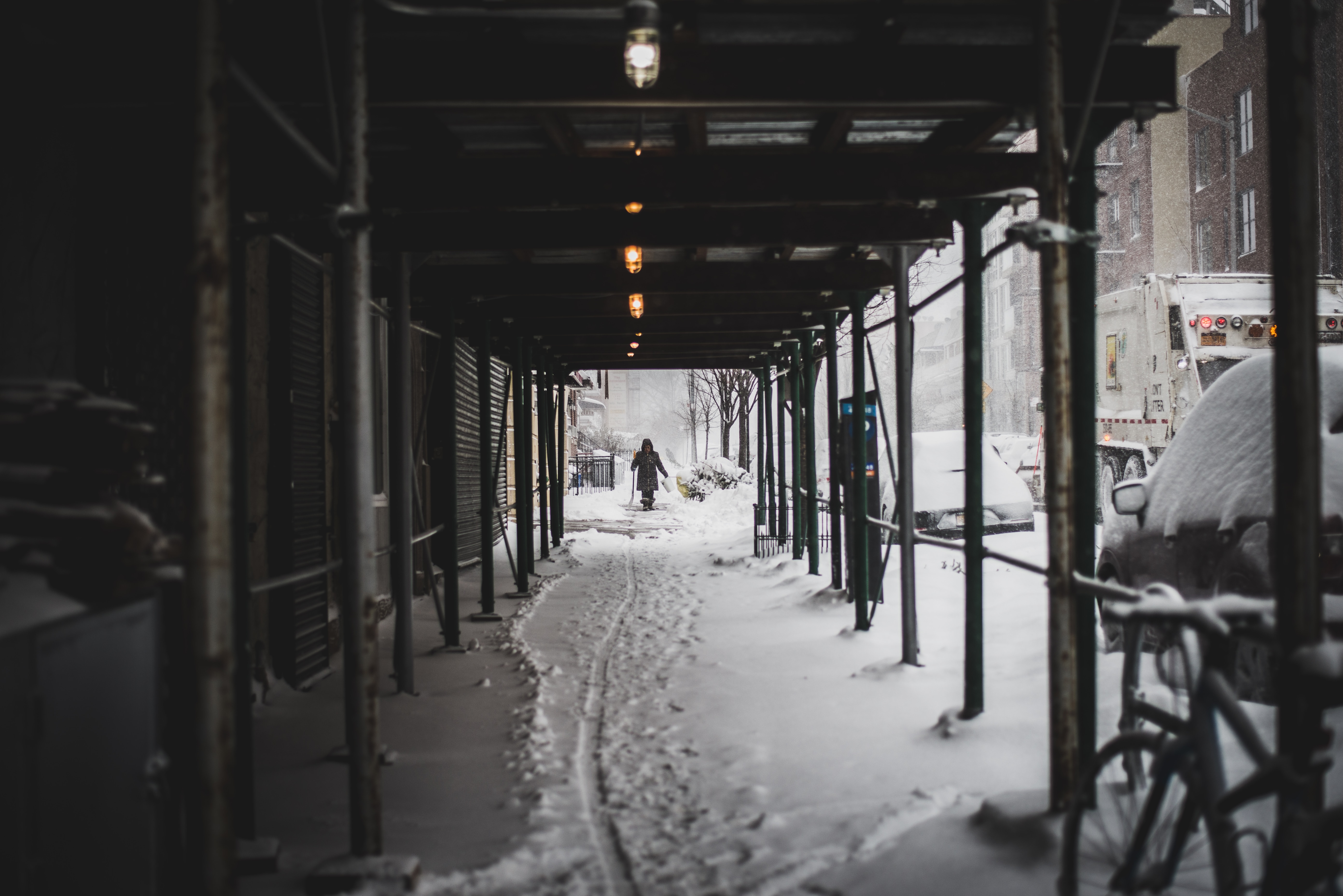
More money needed — but it won’t go to snow
The city could certainly expand the number of places on the list of 204 priority places, Cowern said, just as it could shift focus to bus stops and curb cuts and away from potholes and residential streets. But other services would have to suffer, and at this point, there isn’t much left to cut.
What’s really needed, he said, is more money.
It’s a plea elected officials have been hearing for more than a year, as the transportation department updates its master plan. More than $22 million is needed annually just to deal with deferred maintenance; $20.8 million more in capital projects remains unpaid for. According to an analysis put together by Boulder Library Champions, a group advocating for increased library funding, the transportation department lost funding and staff between 2004 and 2019, when spending is adjusted for inflation.
Of course, Cowern said, the department will put money wherever council directs it. But fattening up the snow removal budget would not be his first choice.
“We have very aggressive goals in terms of travel safety, mode shift, climate change goals,” Cowern said. “We’re looking to find some on the order of $20 million a year to accomplish our goals by 2030. If we take a substantial portion of that and put it into snow and ice control instead, then we’re sacrificing our TMP goals.”
The department did get $150,000 extra in the 2020 budget for snow and ice removal, but the discussion highlighted just how hard it is to prioritize transportation needs. A further $350,000 was slated for stepped-up median and right-of-way maintenance — watering trees and flowers, removing weeds, etc. Council pushed back on the line item, given the department’s myriad of other needs, including many directly related to safety such as filling potholes.
But Cowern said the funds were allocated in response to resident requests and complaints. “There was tremendous pushback from the community” at the shift of resources away from seemingly aesthetic causes to safety ones.
It shows just how few tradeoffs there are to be made, he said, without sacrificing the levels of service Boulderites expect.
“We don’t have money currently allocated to anything that we could take away from. If there is something out there that isn’t shown in the funding that isn’t something a large part of the community wants us to be doing, that they wouldn’t be upset if we stopped doing it, I’m not sure what it is.”
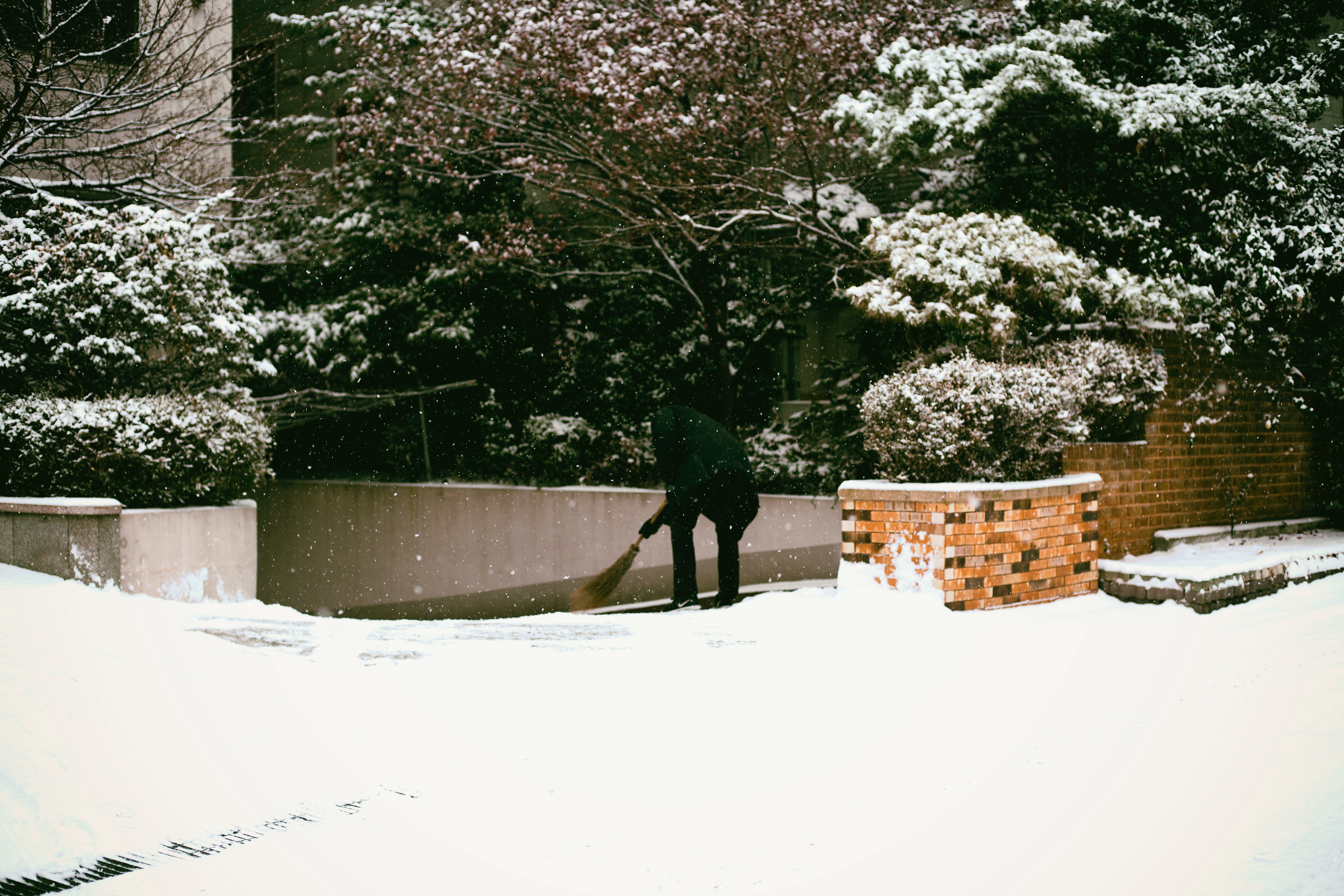
Like fire and flood, storm was a ‘disaster’
As Boulder’s population ages, winter mobility is likely to become a bigger issue. Given the budget realities, what can be done to make the city safer to walk, bike and bus?
Stepping up enforcement is one thing that disability advocates recommend. Private property owners are responsible for keeping sidewalks clear in Boulder. They can be ticketed for failing to do so, or the city can pay someone to shovel or de-ice the walkway and then bill the property owner.
Any increase in ticketing or charges is likely to be met with significant resistance, especially when many view the city’s own shoveling and plowing efforts to be subpar. (As numerous Daily Camera articles show, these are not new complaints: Boulder has ben defending its tactics for at least a decade.)
Public awareness is another key factor in making the world safer for those with disabilities. Advocates contend that education campaigns can be useful in reminding residents to think of their neighbors as they plow and shovel sidewalks. Curb ramps often go neglected because they’re something of a gray area, literally in between private (sidewalks) and public (streets) domain. Training people to scoop them free of snow is the best way to make a real impact for those with mobility challenges.
Cowern thinks a shift in mindset could also be helpful around snow removal in general. Yes, things were bad for this last storm, but that was a highly unusual occurrence — one of the biggest snowfalls on record.
“I would look at this storm as a disaster,” he said. “This was not dissimilar from a flood or a fire or something of that nature.”
He also hopes that, when people are using Boulder’s “Sunshine & Sons Snow Removal” policy as a punchline, they think of the workers who gave up their holiday to hit the streets.
“(They) worked 12-our shifts for seven days in a row, some of them transitioning from their normal life (of) sleeping at night working during the day to sleeping during the day and working at night,” Cowern said. “That is an enormous ask. They showed a tremendous amount of character, a tremendous amount of dedication to public service. We hope the people in the community understand that. These people are putting forth extraordinary public service on their behalf.”
— Shay Castle, boulderbeatnews@gmail.com, @shayshinecastle
Want more stories like this, delivered straight to your inbox? Click here to sign up for a weekly newsletter from Boulder Beat.


Remember the similarly big storm of December 21st to 22nd, 2006, which was followed about once a week for a month by foot deep snows? http://jonathanvigh.com/blog/weather/snowstorms/20061226_colorado_blizzard/index.htm
Many of the streets on University Hill had 5 in thick plates of ice for many weeks afterwards.
The bike Lanes on Canyon Boulevard were piled high with snow until sometime in March.
I’m not sure Canyon Boulevard is even striped for bike Lanes anymore.
So much for prioritizing alternate modes, or even plain equity.
My suggestion is to create a system like the adopt-a-road-program or SnowBusters (I am a volunteer). Use it for the access ramps and unclaimed bus stops, especially after plows have come through. Within 24 hours I bet at least a quarter could be cleared.
“The city keeps a master list of 204 bus stops, segments of sidewalk, curb ramps and bypass islands in “key locations” that contractors are paid to hand shovel. RTD is responsible for some bus stops; others are under the purview of private property owners. But those 204 are just a fraction of the total areas that are essential to mobility for pedestrians and transit users.
For example, “there’s well in excess of 10,000 access ramps in the city,” Cowern said. “It would literally take an army of people” to keep them all clear.”
We have a citizen army. Let the city create (or piggy back on Snow Busters) the online portal, get folks to adopt a location, send notices when it is time to go to work. Let the city prioritize the locations but list all.
It makes sense how you said that private property owners are responsible for keeping their sidewalks clear. Having a good snow removal service who will just come and take care of any snowfall would be really nice. That way you don’t have to worry about doing it yourself and you can be sure to comply with what the law says.